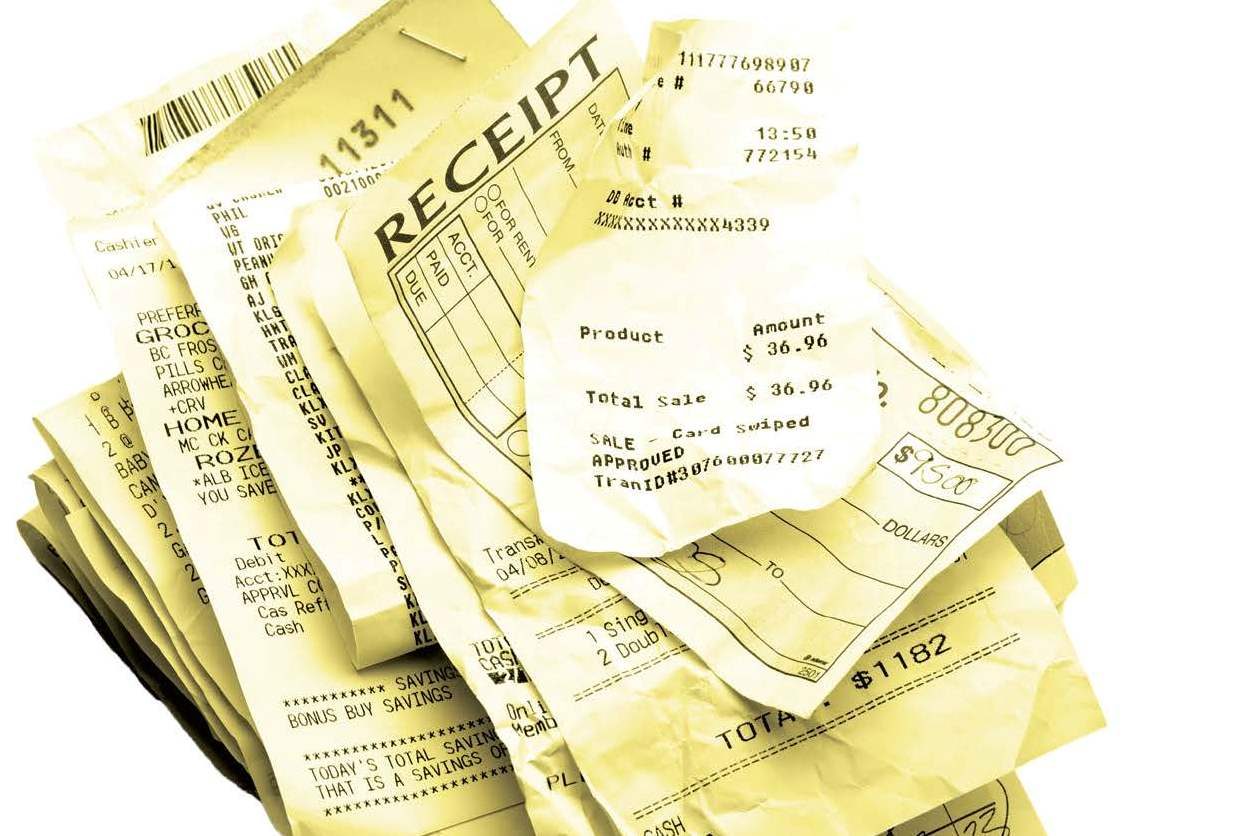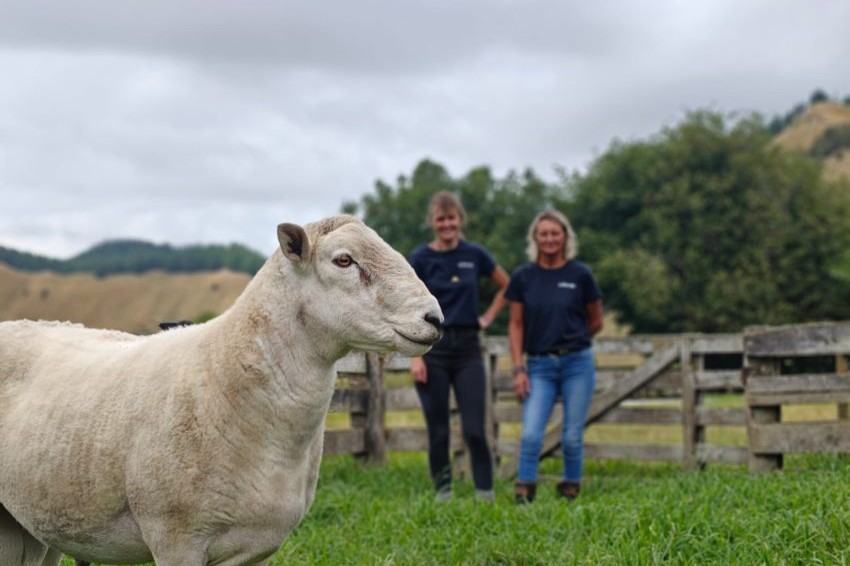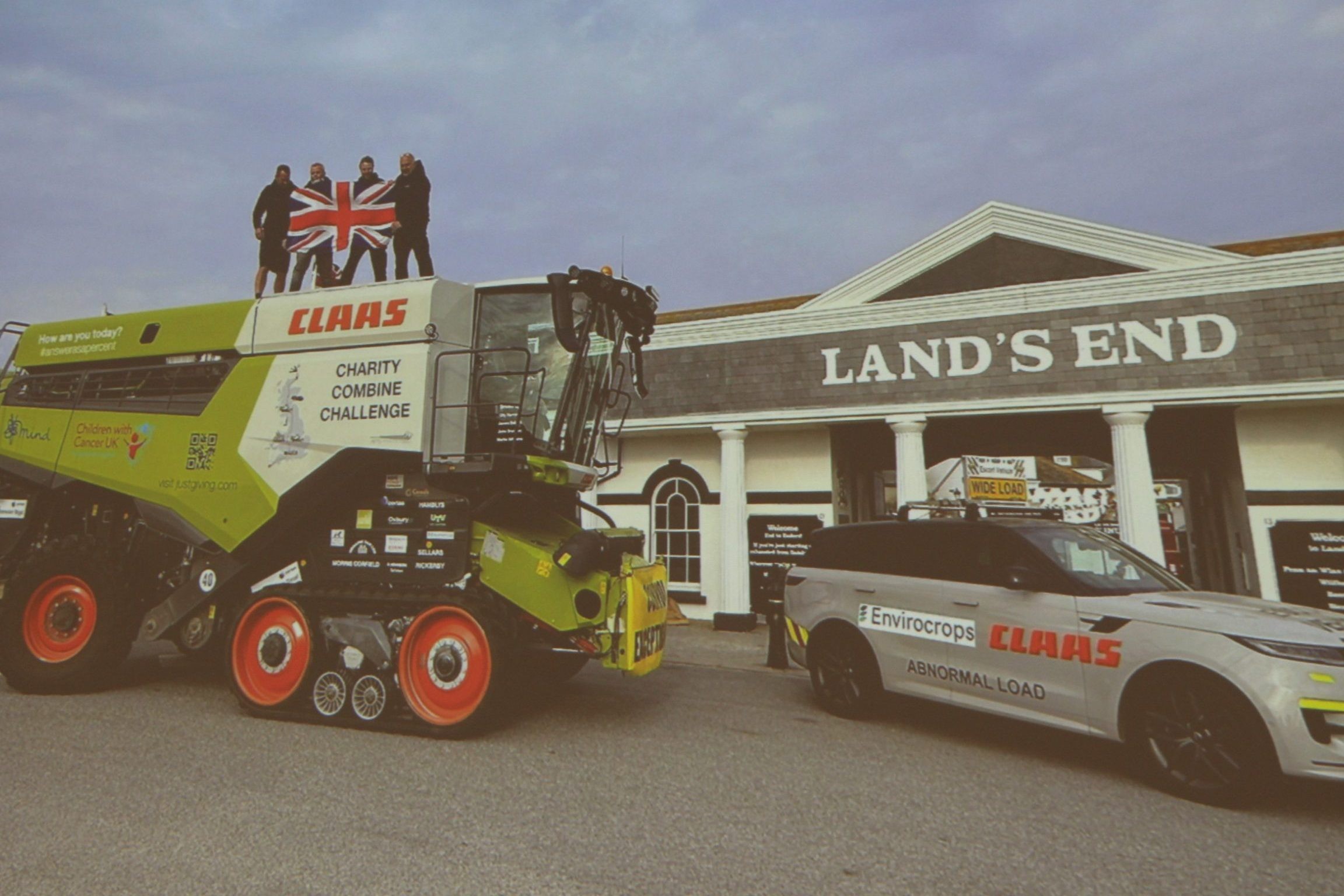Toughing out tough times
North Otago farmer and farm consultant Kerry Dwyer shares his wisdom on how to stop cash losses and gain better prices.

Inflated costs combined with reduced product prices have drained many farmers’ cashflows. After a great 2021/22 financial year things have not been so good in 2022/23. The worst case scenario is that you run out of working capital in the near future, whether that be an overdraft facility or your own funds. If you can’t pay your bills, now or in the foreseeable future, then you have some big thinking to do.
Making a cash loss one year may be survivable; making a series of them really tests your business. I have sat with clients and discussed how to avoid that pattern. The conservative types expect a silver bullet that can give guaranteed success with no changes required – they can debate against any suggestions quite well. I know that when you run out of working capital things will change. The big issue then is who controls those changes, you or your financiers and creditors?
The first couple of steps to avoid repeated cash losses are the toughest. This is because you have to admit that these are real losses and you are responsible for them. Not all businesses get affected the same by any adverse event. Whether it be low prices, drought or flood, there is no safety in the herd. Not all businesses react the same to any adverse event. You pick the path to take.
Because there is no silver bullet, it is sensible to look at a package of smaller actions that can change the end result through improving income and lowering costs.
Business (and life) is about relationships, so look after yourself and be kind to others, especially those nearest and dearest. Be careful whose toes you stand on today; they might just be attached to the foot that kicks you in the arse tomorrow.
Expenditure control
Your time and your staff’s time might well be the single biggest cost area in your business. I have learnt that good labour is always cheap, poor labour is always expensive. Are you and your staff time conscious or task conscious? Plan your time and tasks and that of staff. Task conscious people work until the job is done, which I find an issue with managers who never take enough time off work. Time conscious people don’t care if they have to return to home base for more gear to finish the job, but they know exactly when knock-off time is.
An old conundrum is this: it takes one person four hours to paint a room. It takes two people three hours to paint the same room. Why did the second person start painting?
Commentary on the state of crossbred wool includes the cost of wool harvesting relative to the sale value of the product. If you can’t afford the result then you have some choices: shear them yourselves; have something that doesn’t require shearing (and that may be a different enterprise); get better harvesters because they give better value for money; or continue to expect a different result from the same inputs.
Cashflow is king in hard times. Nothing beats money in the bank. Think about how you cut the machinery out of the feed-to-animal sequence. Making the stock demand match the feed supply is generally more profitable than making the feed supply match the stock demand.
Seed merchants generally recommend about 20kg/ha of ryegrass seed be sown in permanent pastures. I know that rate can be halved to achieve a good pasture, but I don’t have time to argue with every seed merchant in the country.
I recently read an interesting article by John King in Farmers Weekly about fertiliser and fertility transfer. The base points he was making are that building soil fertility is for the good times and managing soil fertility is more to do with management within the gate than fertiliser application. I don’t have time to debate this with every fertiliser salesperson or regen farmer in the country.
Farm accountant Pita Alexander has always advocated fewer and better wheels on farms. I agree, with a passionate hate of machinery that grows as I get older. Motorcycles are an advancement on bicycles, quad bikes an advancement on motorcycles, and side-by-sides an advancement on quads. Each level involves more technology and more expense. Getting the balance between what you need, what you want, and what you can afford is key.
I don’t understand why people sit on a machine to move stock (normally dairy cows) along laneways when walking behind them is healthier for stock and the people. Getting the cows in might take an hour of machinery time. That can be reduced by 90% even if it requires a taxi back to get one of the vehicles later in the day. E-bikes might not handle cow-poo but they are cheaper than side-by-sides.
Talk with your financiers. Your banker will have you sitting at a certain credit rating that affects your interest rate. How can you improve that rating to lower the interest rate? That is a very important conversation to have.
If your financiers are creditors that you haven’t paid, then you have a couple of options. One is to hide and hope they leave you alone (unlikely in the long term). The other is to talk with them, explain your situation and work out some terms for their credit, other than just not paying on time. There are a number of businesses failing in the current times with large amounts unpaid to other businesses. The common themes are problems spread in multiple areas and lack of communication regarding those problems.
Income improvement
To paraphrase JFK, “Farmers buy retail, sell wholesale, and pay the freight both ways.”
Whatever product you sell has pricing differentiated on quality. What does it take to consistently sell the best quality product? What is your relationship with your market?
Your customer is the business you sell to. That product may be processed and sold again but does that make the next buyer your customer? As farmers we acknowledge that we live in an ecosystem, but our main responsibility is to our customer. We keep hearing about the customer two or three steps along the chain, which takes responsibility off our customer to give us a good deal, because they pass any loss back to us while taking their same margin. As shareholders of many of our customers we can get confused between the responsibilities of an owner versus a supplier, which works to the advantage of those businesses.
Look after your customer first. In any deal there are the three vital attributes of price, quality and service. To get the best return, focus on the latter two, with a smile. As an example, look at a line of prime lambs with a target carcaseweight of 21kg. If 10% of those are plus or minus 3kg you can expect to reduce the average price by 2%. Two percent might not sound much but face the fact that adding 2% to your interest bill hurts, adding 2% to your income sooths. The same can be applied to most products you send out the gate.
Beware of trying to go retail where you have limited experience and limited capital. There is a world of improvement that you can make in the wholesale first.




